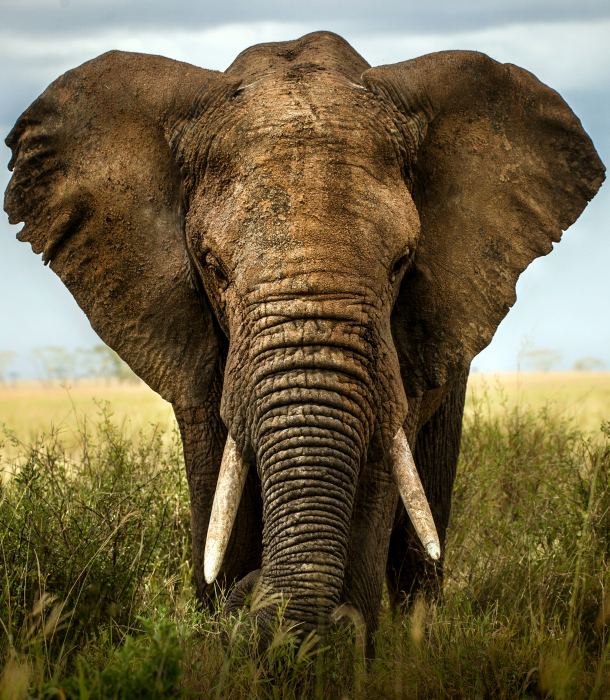
Elephants in Danger

African elephants are the largest land mammals living today. A male elephant can grow up to 4 meters in height and weigh up to 7 tons. Females are nearly as tall and come in at 3.5 tons, more or less. Elephant populations have dropped by 62 percent over the last decade, and wildlife experts predict they're at risk for becoming extinct in the next. So, what makes these majestic beasts so vulnerable?
Numbers Continue to Fall
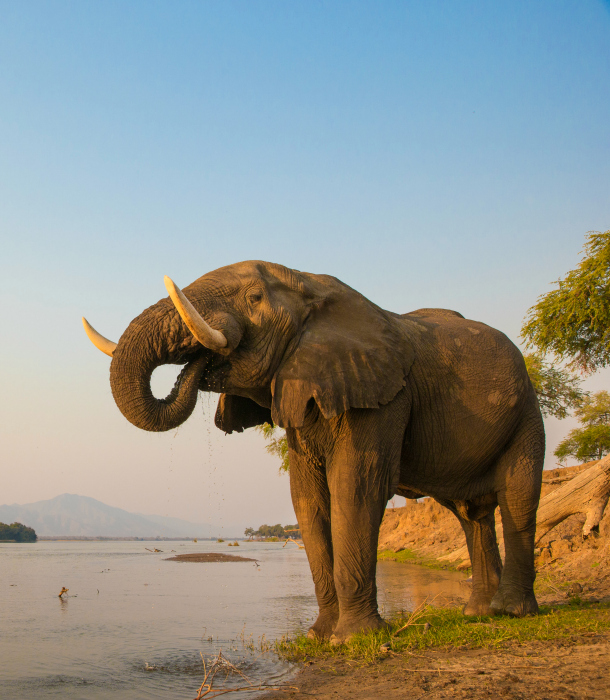
In southern Africa, populations of African elephants are secure and even expanding. However, their numbers continue to fall in central Africa and some parts of east Africa, as they are hunted for their ivory tusks. There are 415,000 estimated elephants on the continent of Africa, down from as many as 10 million in 1930, according to the World Wildlife Federation.
Precious, Profitable Tusks
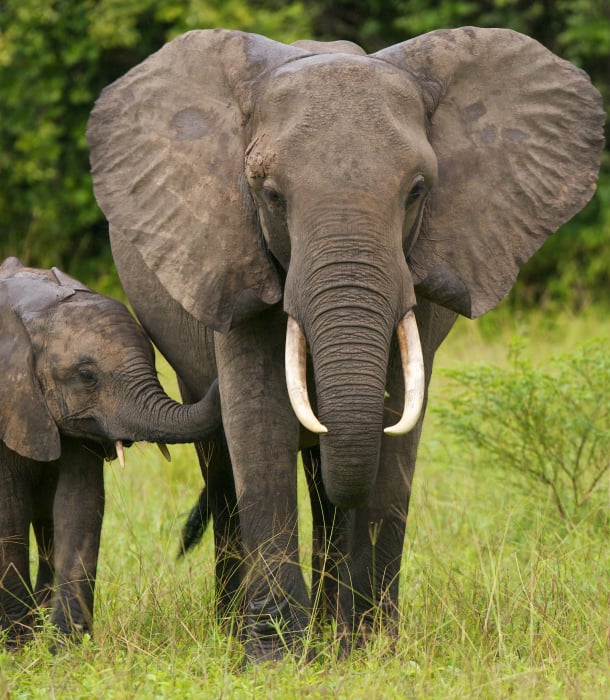
Poachers have been hugely responsible for the risk elephants now face for survival. The ivory trade encourages the poaching and slaughter of adult beasts for their long, white tusks. An international ban on the trade of ivory in 1989 helped some herds recover. Before the ban, in the 1980s, some herds lost nearly 80% of their members due to the quest for ivory.
Poaching Continues
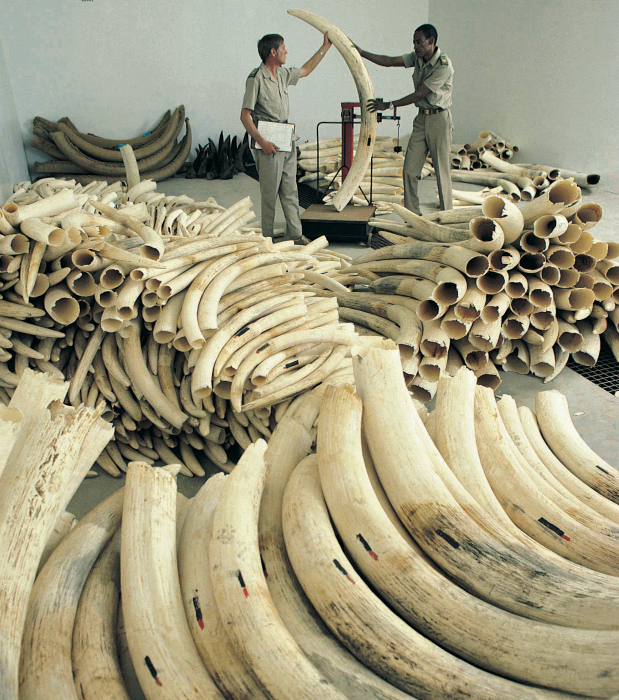
Despite the ivory ban, trade continues and demand is steady, creating an environment where poaching and illegal trafficking still exist. Demand in Asia for goods made from ivory has been responsible for creating this lucrative market, which has led to a vastly diminished number of forest elephants and some savannah elephants.
Asian Elephant Populations Dwindling
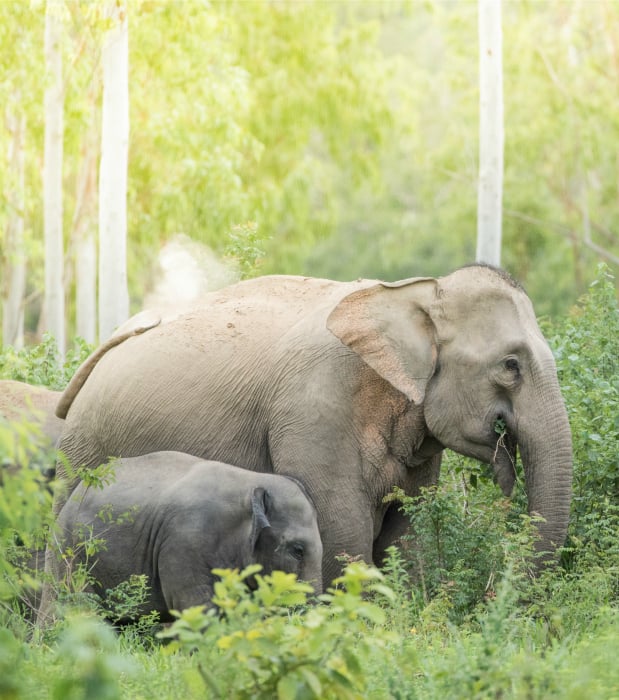
Populations of the smaller-eared Asian elephants have dropped by at least 50% over the last three generations. They continue to be in decline. There are only 40,000 to 50,000 left in the wild. Though these animals are smaller than African elephants, their tusks are also in demand and poaching is one of the biggest reasons they're so at risk for extinction and classified as endangered.
Trophy Hunting Takes Out Most Adaptable Species
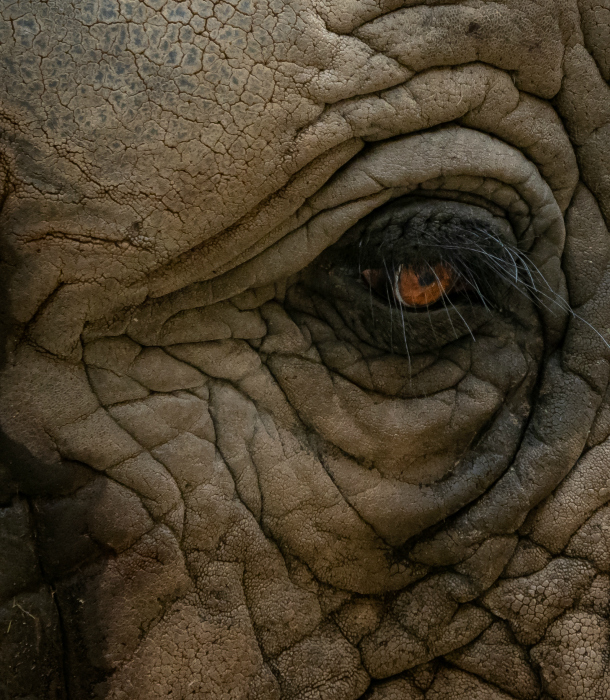
Trophy hunting, which tends to focus on the largest animals on Earth, is accelerating the damage climate change is having on living animals. A group of researchers recently argued that the world's largest animals might be the most evolutionarily adaptable to environmental changes due to global warming. With each loss from a trophy hunter, an animal that might have passed on genes that would help the next generation be better adaptable, is taken out, leaving even those that are not killed for sport more vulnerable.
Loss of Habitat
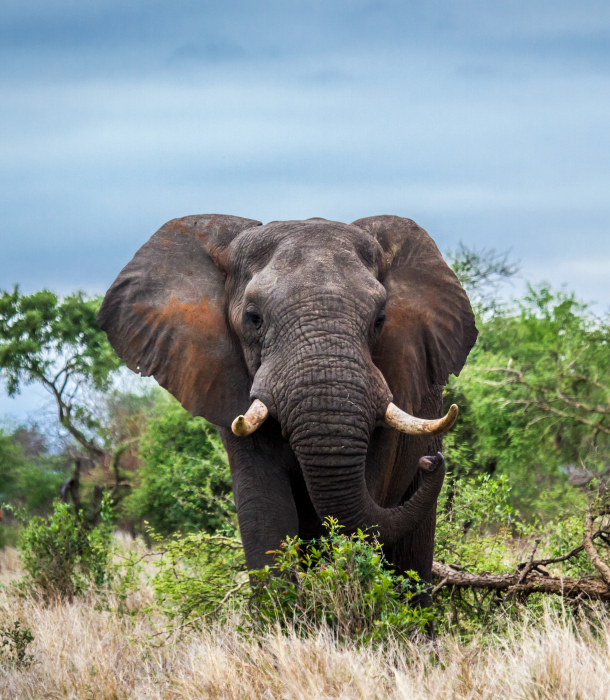
Surging populations around the world, including in Africa and Asia, lead to habitat loss for animals. Forests are cleared for roads and housing. Towns and cities spread into what was once the wilderness. In addition to the ivory trade, habitat loss is another huge factor in pushing elephants toward extinction. These enormous animals, who can walk up to 195 kilometers per day on average, want space to roam and places to forage.
Encroachment and Conflict
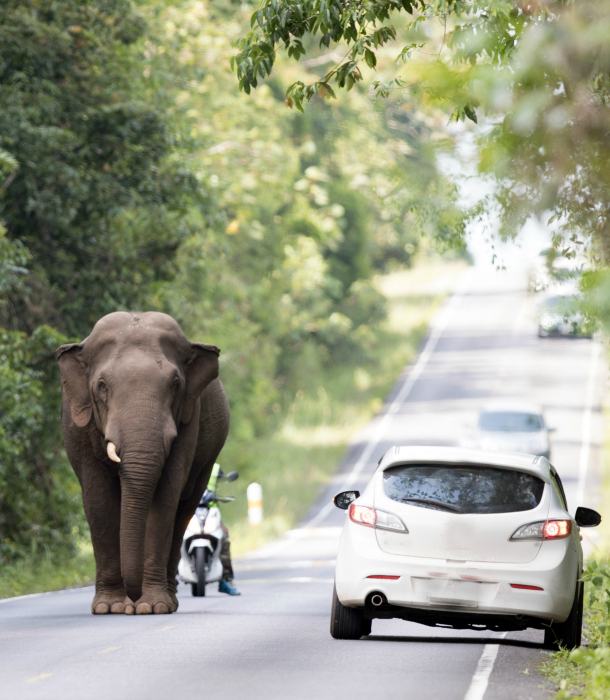
Elephant habitats are shrinking in Africa and Asia, while human populations surge. The two groups are coming into close contact in some regions, which is causing human-elephant conflict. Elephants raid the food stores of humans as their foraging areas shrink, creating economic loss and danger for humans, as well as feelings of ill will toward these mighty beasts.
Changed or Blocked Migratory Routes
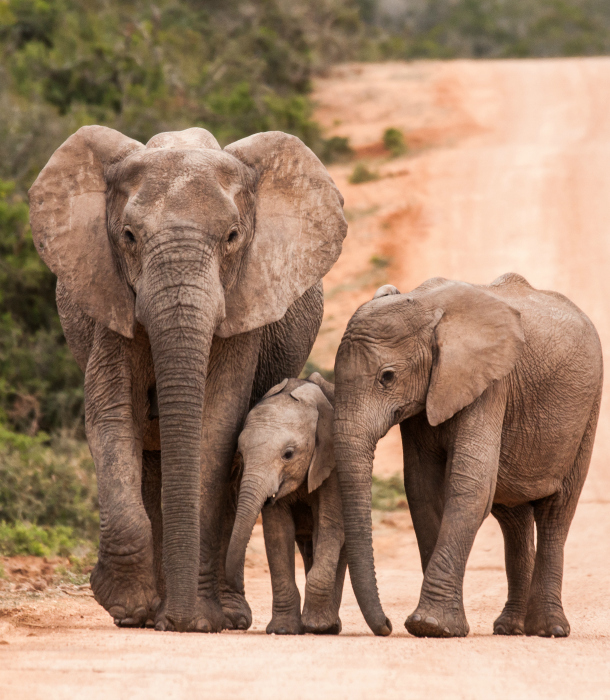
Human encroachment has changed or blocked ancient migratory routes for elephants in both Asia and Africa. Some or parts of these routes have been destroyed to create space for human settlements to expand. Moreover, these migratory routes have been altered due to climate change, often producing insufficient growth for animal foraging, leaving elephants to starve or die from thirst.
Nutella Production Is Harming Elephants

Your Nutella habit is also contributing to the demise of elephants. Made with palm oil, Nutella and thousands of other processed foods, as well as health and beauty aids, have created a lucrative market for palm oil farms. Land that was once home to elephants has been cleared to create palm oil farms and production facilities, forcing too many elephants to survive on ever-shrinking forests and land.
Drought
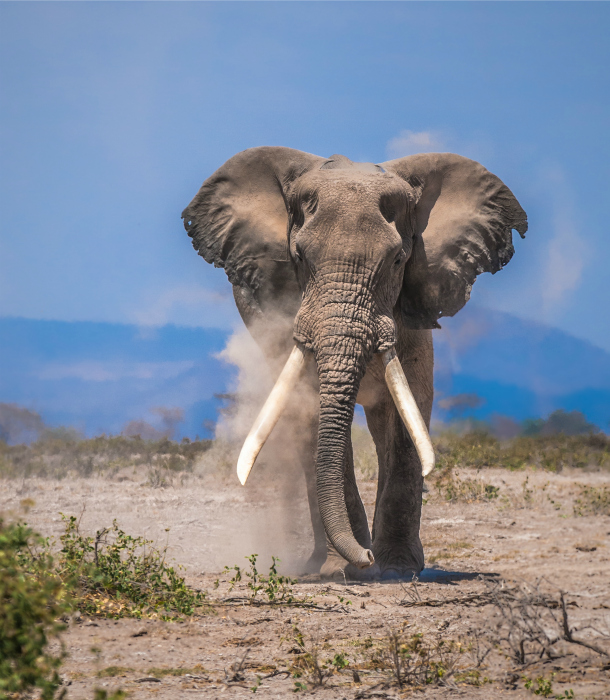
Prolonged drought, thought to only get worse as the climate heats up, could be the final nail in the coffin for elephants. Where elephant populations are protected and could thrive, nature works against their survival, with too little rainfall to sustain herds.
They're Starving
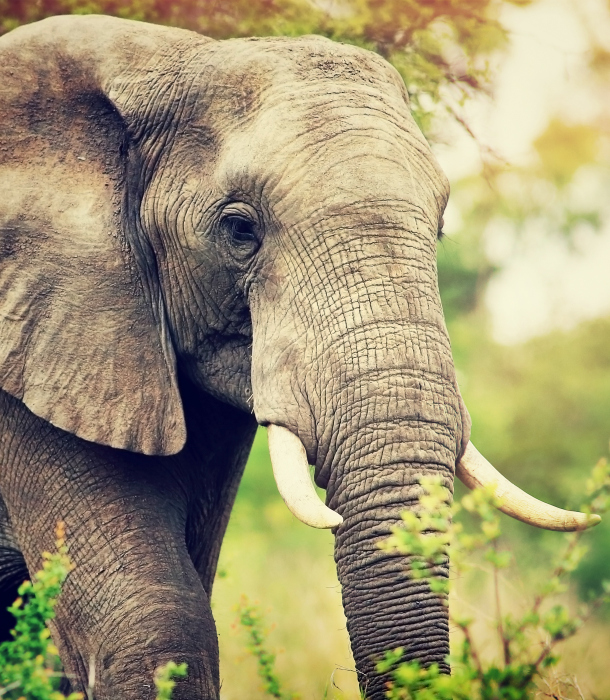
Drought has caused trees and grasses to shrivel up and die, and these massive animals need many tons of food daily to live. Going without food, or having too little to go around, may be the final, untenable battle for these grand animals.




